How to Look After Your Pond
A pond can be a wonderful addition to any garden - providing an eye catching feature that attracts all sorts of wildlife. So, if you have a pond, or are thinking of getting one, here are some handy tips on how to look after it.
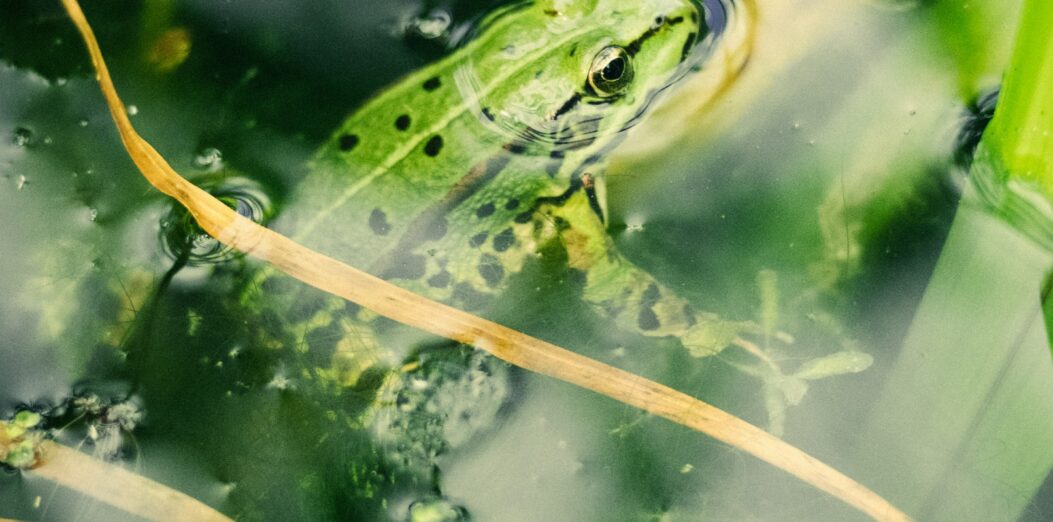
Water Quality
With any water feature, your aim is to keep the water clear and healthy, free from algae. The secret is to get the right balance of plants and oxygen. If you notice a sudden surge in algae, or a change in the water colour, numbers of fish, plants etc, it’s quite likely that your water balance is slightly (or very!) off. Here are some tips for maintaining water quality:
Removing Algae Naturally
- If you are prepared to invest a bit of effort and aren’t in a mad rush, then eliminating algae naturally is entirely feasible. Algae depends on sunlight, carbon dioxide and dissolved mineral salts for survival, so the aim is to try and cut out one or more of these elements.
You can reduce the amount of sunlight by growing plants such as waterlilies. You should aim for a sufficient number of plants so that their floating leaves cover more than 50% of the pond surface.- Consider adding more oxygenating plants – these will absorb minerals and carbon dioxide, effectively starving the algae.
- Any rotting organic matter, such as dead leaves and flowers, should be removed from the pond.
- Some people believe that the addition of barley straw (tied in a net bag or similar) also helps stunt the growth of algae. Locate near a waterfall or flowing water where possible, and use some sort of float to keep it partially above water as it starts to decompose.
- A common problem in garden ponds is blanketweed – a specific type of algae which, if not tackled, will choke the plants and restrict fish movement. You should take out blanketweed periodically – lift with a garden rake or a specialist tool.
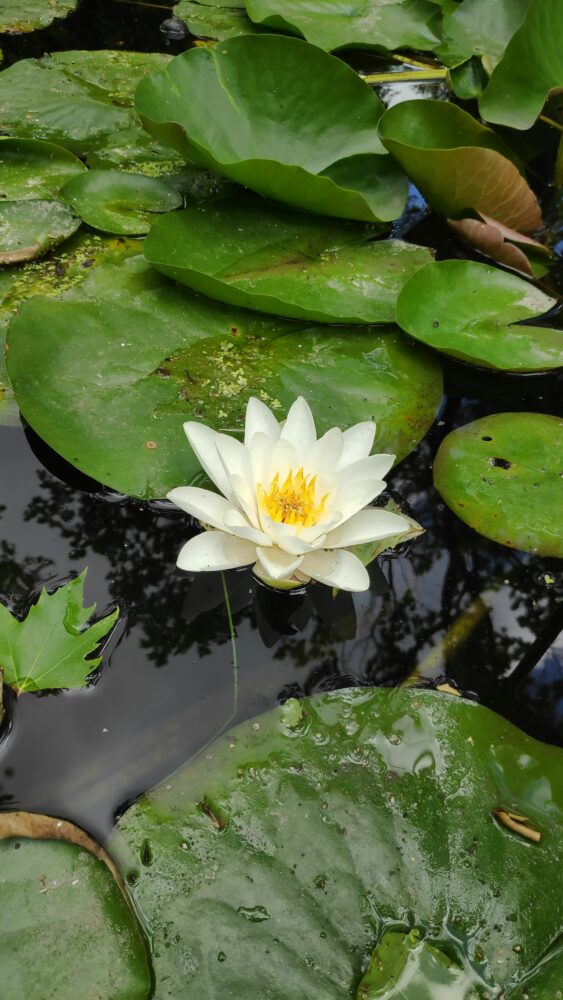
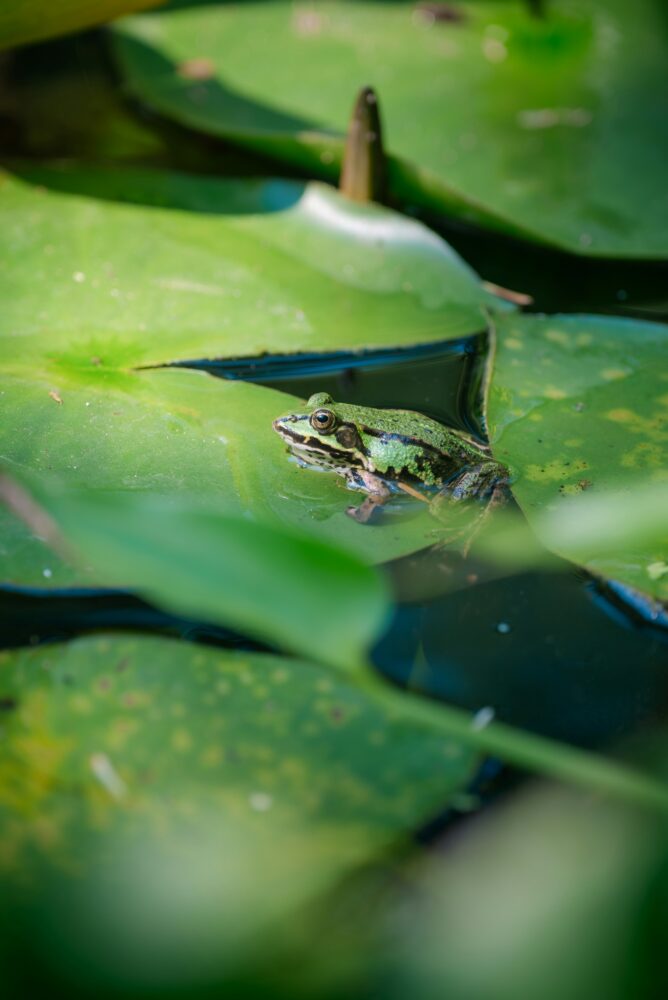
Removing Algae Artifically
- One of the most unobtrusive ways of keeping pond water clean is with a submersible pond filter; these are readily available from pond equipment suppliers and garden centres.
- There are also numerous chemical products on the market which will help prevent or clear algae. These are certainly not to everyone’s liking – particularly when used near fish, birds and other wildlife.
Cleaning
Cleaning out a pond is quite a significant task, so first consider whether the pond really needs cleaning out! If there is only a small quantity of debris which can be stirred up and retrieved with a pond net, then stick to that and don’t make extra work for yourself! If the water is dark and the pond bottom covered in a thick layer of silt, then yes – it probably does need a clean. Even then, it does depends on the type of pond and what you are aiming to achieve – for an out and out wildlife pond, you will want a certain amount of silt (though of course there will always be a point where intervention is necessary to prevent transition to a non-pond!)
Pond Cleaning
- Cleaning is far easier if you have a pump to remove the old water (these can be hired from a machine hire centre / aquatic stores). Put some of this water into a temporary tank, and once the pond is nearly empty, use a net to catch the fish and put them in this tank, in the shade and if necessary with a net on top to prevent them jumping out! Submerged aquatic plants should also be removed to the holding tank.
- Once all the remaining water has been cleared, collect the silt from the base of the pond – you can re-use it on your borders! Leaving a small amount in the pond will help the pond eco-system to re-establish. Use a hose and/or pressure washer to rinse the inside of the pond and remove debris from rocks etc. Remember to clean out filters, pumps etc, following manufacturers guidelines.
- Once done, you can begin refilling the pond. Depending on the levels of chlorine in your water, you should normally add a de-chlorinator to make it fish-safe! Transfer the fish back to the pond, first mixing the holding tank water with new pond water to ensure the fish don’t get too much of a nasty shock! Plants should likewise be positioned.
- Phew… good job done!
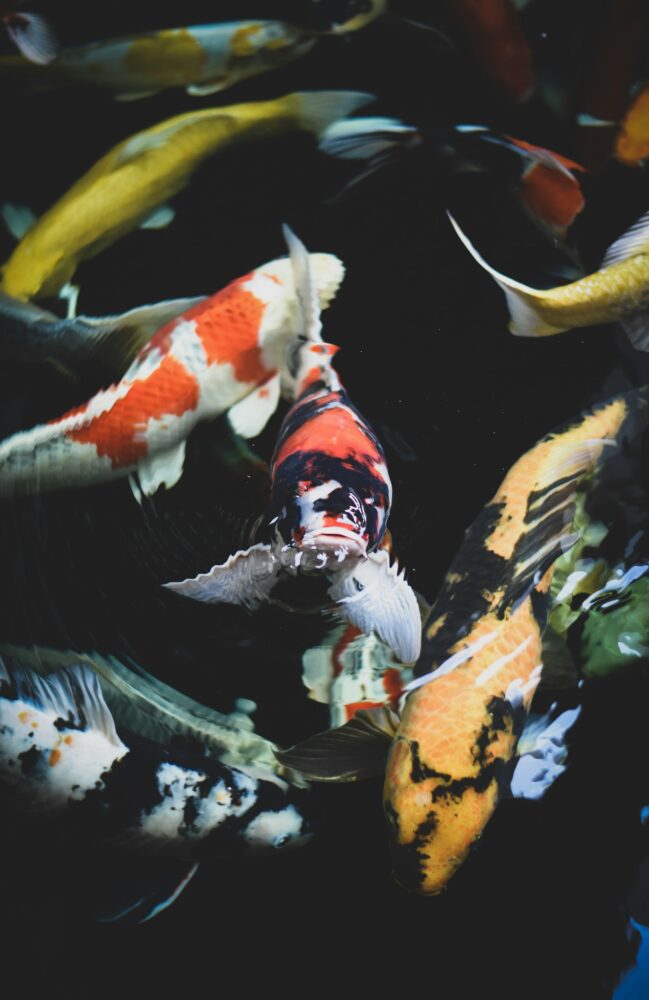
Aquatic Plant Care
Although aquatic plants are fairly self-sufficient, there are a few maintenance tasks to keep your pond looking at its best.
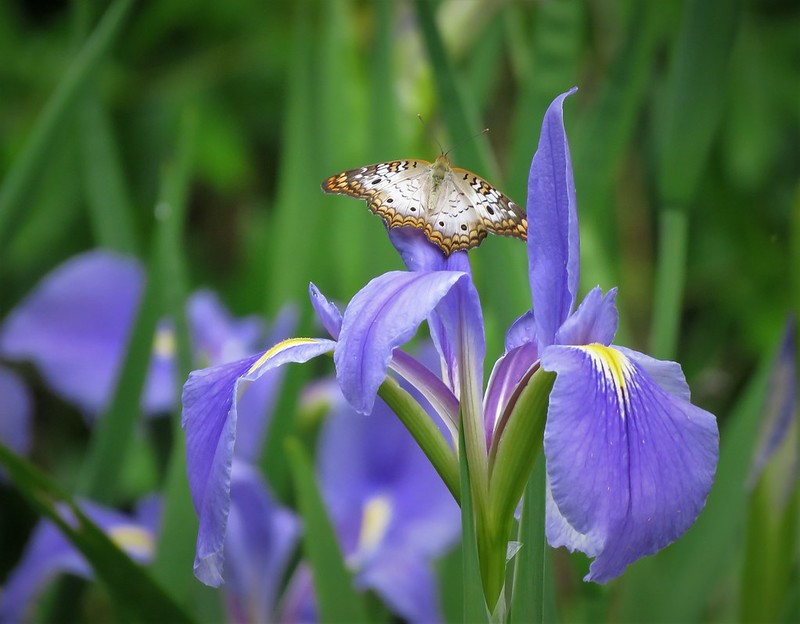
- Acquatic plants will normally look after themselves without too much attention.
- For some ideas pond plants to choose, take a look at our blog ‘Perfect Pond Plants‘.
- Make sure you remove any dead growth, fading flowers, etc, before they start rotting and potentially causing an algae problem.
- Periodically, you will need to divide most aquatic plants to keep them healthy, and to prevent overcrowding. This is far easier when plants are grown in baskets.
- Bigger plants / thicker roots may require a spade or knife to divide.
Seasonal Tasks
This list gives you an overview, of what to do when throughout the year to keep your pond in tip-top condition:
Spring
- Ensure pumps, filters etc are clean and working correctly.
- After the winter, the water will be low in minerals. Perform a partial water change to replenish the mineral content.
- Divide and re-pot pond plants. In particular, plants such as water lilies, with floating leaves, ideally need regular dividing and re-potting.
- Ensure the pond is well planted to provide protection for tadpoles and other wildlife – mid-spring is an ideal time to introduce new pond plants, as the water begins to warm up.
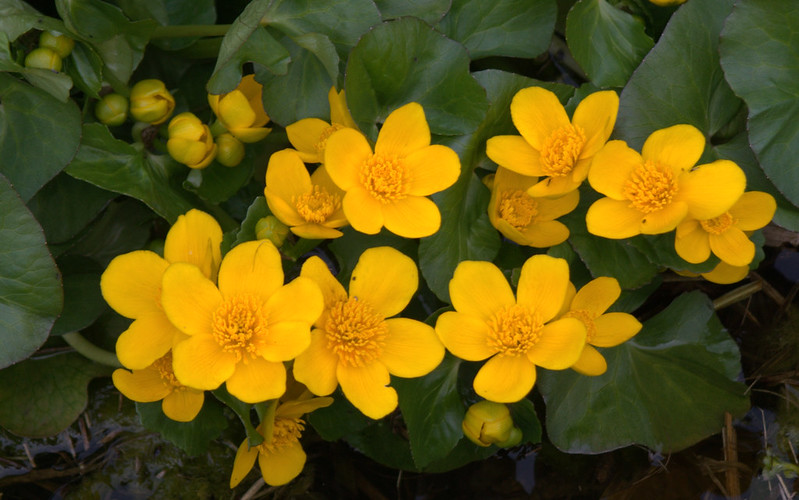
Summer
- During hot, dry spells, most residential ponds will need a top-up of water every week or so, to keep the water level consistent. Ideally, use water from a water butt – tap water is rich in nutrients that algae love!
- Where possible, ensure the pond has good water circulation in warm weather – to maintain oxygen levels and help prevent algae. Try spraying the surface with a hose on hot, humid summer nights – this should break the surface and help oxygen levels.
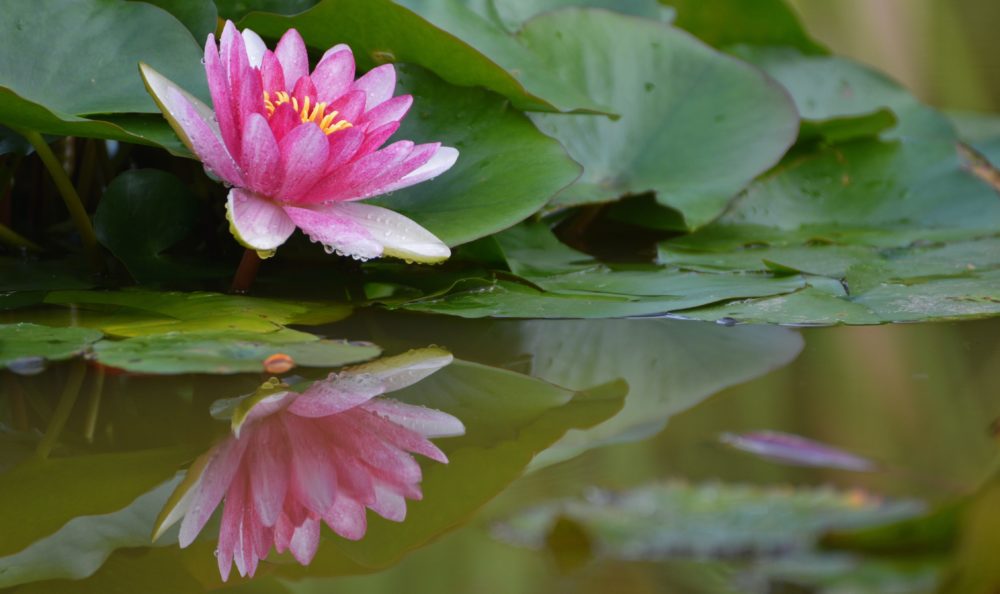
Autumn
- Prevent leaves from clogging up the pond by adding a net, or if you only get a few odd leaves, just remove them every so often with a hand net.
- Thin out submerged plants to prevent them taking over the pond
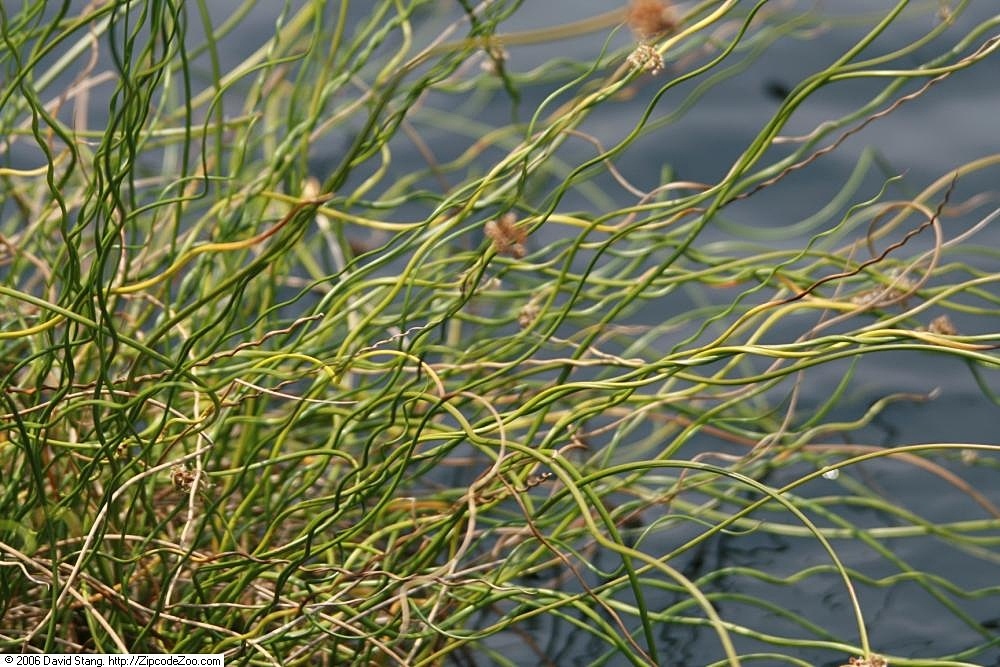
Winter
- Ice on a pond can cause a build-up of methane – which can be lethal to fish. The simplest way to delay ice forming across the pond is just to float a ball on the surface of the water! Alternatively, use a kettle/saucepan of hot water to melt a hole in the ice, or use a pond heater to keep the water just warm enough to stop it from freezing.
- Some suppliers recommend turning off and draining small, self-contained water features over the winter. This does depend on the ‘feature’ itself and how frost resistant it is (if buying new, always check that the feature is frost resistant).
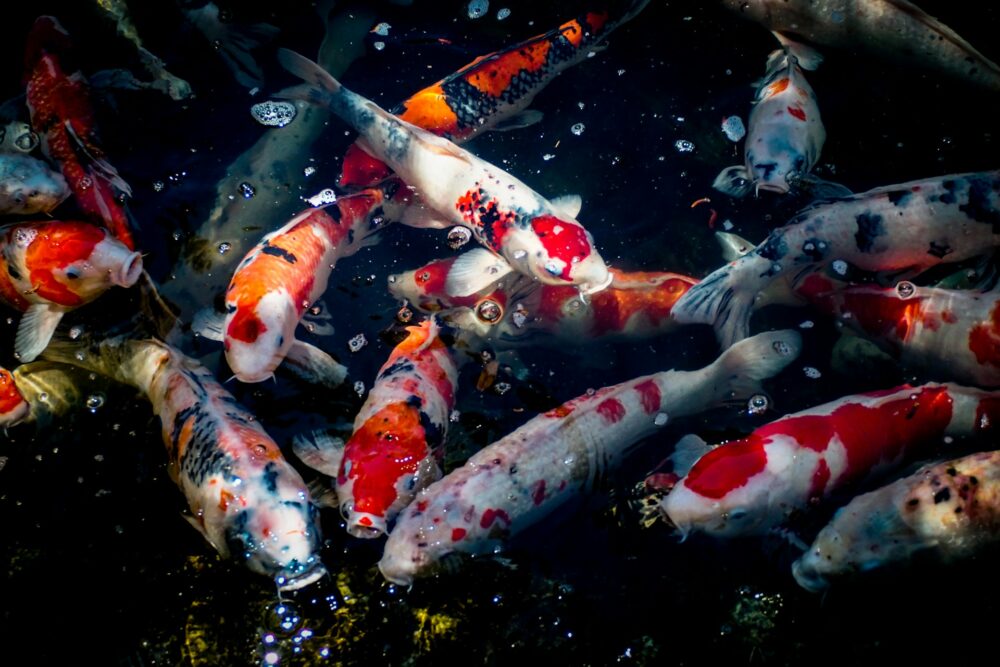
We hope you have found these tips useful – whether you already have a pond or water feature, or are thinking of embarking on a new project! To take this further, you could book your free consultation with ALDA to get started on a new pond or water feature design, or read more tips on caring for ponds and water features from the RHS.
From planning a new border to a complete garden remodel, we pride ourselves on transforming ideas into beautiful reality, with minimum disruption. If you’re based in or around the Reading and Newbury area, we’d love to meet and discuss your project in detail – book your free no-obligation garden consultation today.
Nice info!!